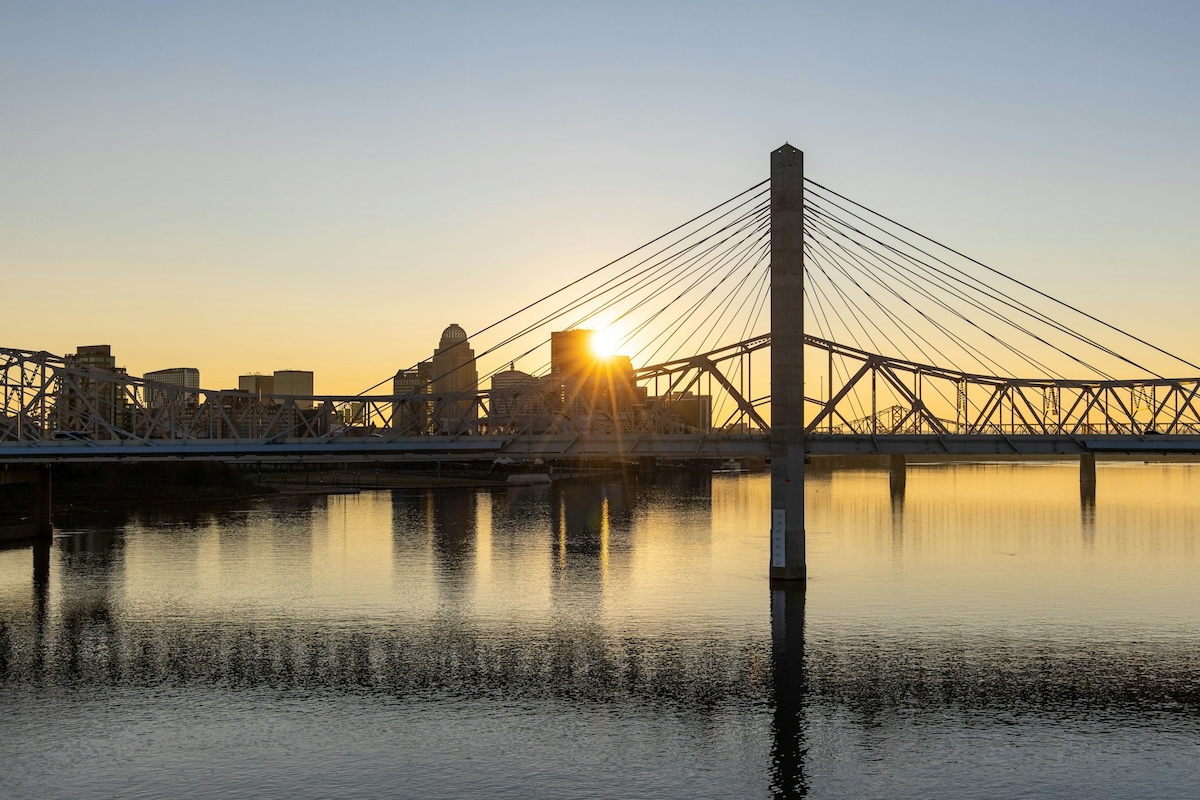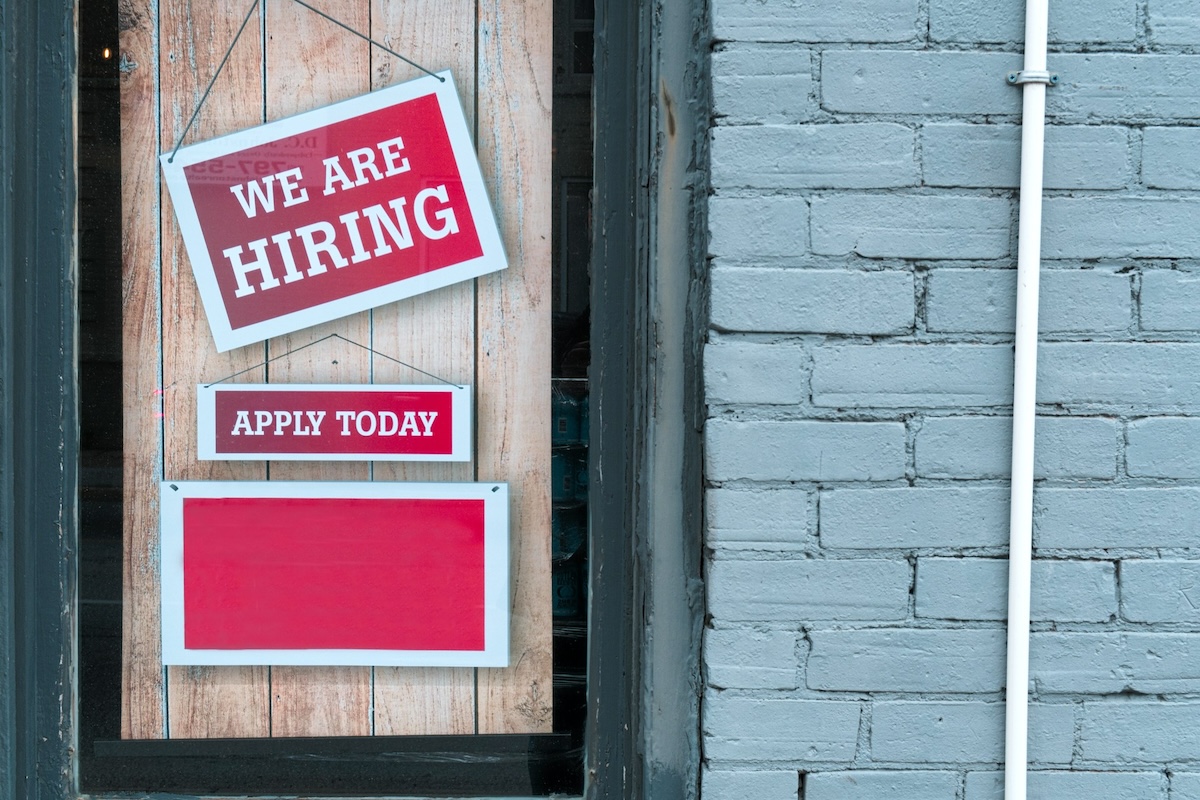Skift Take
As costs continue to rise, meeting professionals are shifting their gatherings to less-expensive secondary cities, according to meetings industry data company Knowland.
Meetings and events in secondary markets outpaced the traditional Top 25 markets in January, according to Knowland. One of the reasons has to do with costs.
Lexington, Kentucky, had a 76.4 percent uptick in meetings and events in January, year-over-year. Syracuse, NY, followed with a 34.6 percent increase. Richmond-Petersburg, Va. ranked next, at 33.4 percent, Oklahoma City at 29.1 percent, and Louisville, Kentucky at 24.1 percent.
Comparing year-over-year growth in the top-tier markets, Nashville had the highest growth, up 16.1 percent. Detroit followed with 10.4 percent, followed by New Orleans with 7.8 percent, San Francisco-San Mateo with 7.3 percent, and Tampa-St. Petersburg with 5.3 percent.
When comparing the top 25 and secondary markets for industry segment performance, both the top 25 market, Los Angeles, and the secondary market, Columbus, Ohio, led in education segment events.
Top 25 market Orlando, saw the most technology and healthcare meetings in January, with Austin, Texas, leading in secondary markets for those industry segments.
The average space used for meetings in the Top 25 markets was 3,426 square feet. Secondary markets were slightly less at 3,000 square feet. Average attendees were 124 in the Top 25, while secondary markets averaged 118 attendees.
As costs continue to rise, planners will be forced to search for alternative meeting sites.
Photo credit: Miles Manwaring / Unsplash





